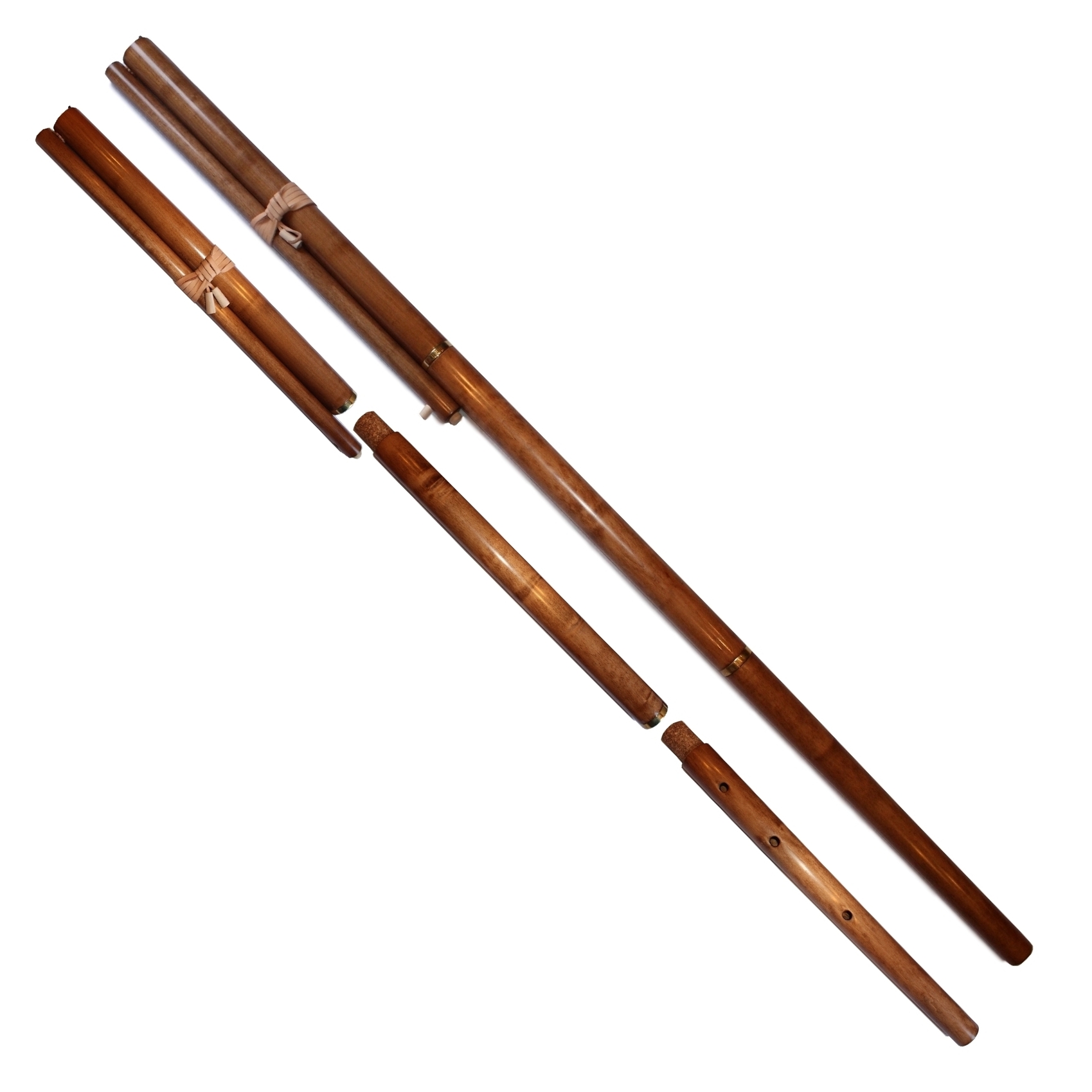Fujara
Woodwinds
Europe
Between 1001 and 1900 AD
Video
The Fujara is a traditional Slovak shepherd’s flute with a rich history that traces back to the 12th and 13th centuries in Europe. Its origins are linked to three-hole bass flutes that were prevalent during this period, particularly in the central mountainous regions of Slovakia.
It is classified as a large wind instrument belonging to the tabor pipe class. It originated in central Slovakia and is recognized as a sophisticated folk shepherd’s overtone fipple flute. Here are some key characteristics and details about the Fujara:
- The Fujara is an aerophone, meaning it produces sound primarily through vibrating air.
- It is considered a contrabass instrument within the tabor pipe family, which includes various types of flutes characterized by their use of a duct or fipple to create sound.
Historical Development
Early Instruments
The roots of the Fujara can be found in the gothic bass flutes that were used in Europe, which typically featured three holes. These instruments were likely played by shepherds and were used for both communication and entertainment while tending to livestock.
Cultural Context
The development of the Fujara is closely associated with the shepherding culture in Slovakia, particularly from the 14th to the 18th centuries. As shepherds migrated and settled in mountainous areas, they adapted existing musical traditions, leading to the creation of the Fujara as a distinct instrument
Influence of Turkish Wars
The current form of the Fujara is believed to have been influenced by soldiers from Western Europe and Italy during the Turkish wars. These soldiers may have introduced the three-hole bass flute to Slovakia, where it was preserved and evolved into what we now recognize as the Fujara.
Modern Recognition
The Fujara has gained recognition as an integral part of Slovak cultural heritage. It was inscribed on UNESCO’s Representative List of the Intangible Cultural Heritage of Humanity in 2008, highlighting its significance not only as a musical instrument but also as an artifact of artistic value due to its elaborate ornamentation and unique sound.
The Fujara is a traditional Slovak wind instrument known for its unique design and deep, haunting sound.
Characteristics
The Fujara is classified as an aerophone, specifically a fipple flute, which means it produces sound by directing air through a duct and over a labium (the edge that splits the airflow).
Typically, the Fujara ranges from 160 to 200 cm (approximately 5’3″ to 6’6″) in length. It is often made from wood, such as elder or other suitable materials.
The instrument is usually tuned in keys such as G, A, or F. It features three finger holes, allowing players to access a diatonic scale and play up to two and a half octaves using overblowing techniques.
Sound Production
- Playing Technique: The Fujara is played while standing, held vertically against the body. Players produce sound by blowing air into the mouthpiece, controlling pitch through breath pressure and finger positioning. The instrument’s design emphasizes overblowing to access higher harmonics.
- Timbre: The sound of the Fujara is described as deep, meditative, and rich in overtones. It has a smooth yet powerful voice that can convey emotional depth, making it suitable for both solo performances and ensemble settings.
Cultural Context
- Historical Use: Traditionally played by shepherds in Slovakia, the Fujara served both as a means of recreation and as a tool for communicating with livestock. Its melodies are often slow and nostalgic, reflecting the pastoral lifestyle of its players.
- Modern Recognition: The Fujara has gained international recognition and was inscribed on UNESCO’s Representative List of the Intangible Cultural Heritage of Humanity in 2008. Today, it is featured in folk music festivals and has found audiences beyond Slovakia.
Performance Techniques
Players often use various ornaments to enhance their melodies. Techniques such as prefuk (rapid overblowing) and rozfuk (a descending cascade of overtones) are common. The Fujara allows for significant improvisational freedom due to its reliance on breath control and harmonic overtones, making it an expressive instrument for musicians.
The Fujara is a distinctive Slovak flute with a rich history rooted in shepherding culture. Its unique construction and sound production techniques contribute to its haunting melodies and emotional resonance in both traditional and contemporary music contexts.
FAQ
What makes the sound of the Fujara unique?
The fujara's sound is unique due to its long, wide bore and overtone-rich construction. Its deep, resonant base notes combine with high-pitched overtones, creating a hauntingly melodic and ethereal quality. The side holes enable players to seamlessly shift between fundamental tones and harmonics, adding expressive dynamics. The fujara's slow, breathy airflow also contributes to its distinctive, meditative sound.
How does the Fujara's overblowing technique work?
The fujara's overblowing technique involves using controlled bursts of air to create harmonic overtones. Players blow into the mouthpiece with varying intensity, causing the air column to vibrate at higher frequencies. This technique allows the player to produce a wide range of notes, giving the fujara its characteristic overtone-rich sound. Skilled players use overblowing to add expressive variation and depth to their music.
What is the cultural significance of the Fujara in Slovakia?
The fujara holds great cultural significance in Slovakia, where it is considered a symbol of traditional folk music and rural life. It is deeply tied to Slovak shepherding traditions, used to communicate across vast distances in the mountains and to accompany pastoral rituals. Passed down through generations, the fujara is recognized as a national treasure and has been inscribed on UNESCO's list of Intangible Cultural Heritage.
 Links
Links
References
Other Instrument
Categories


















